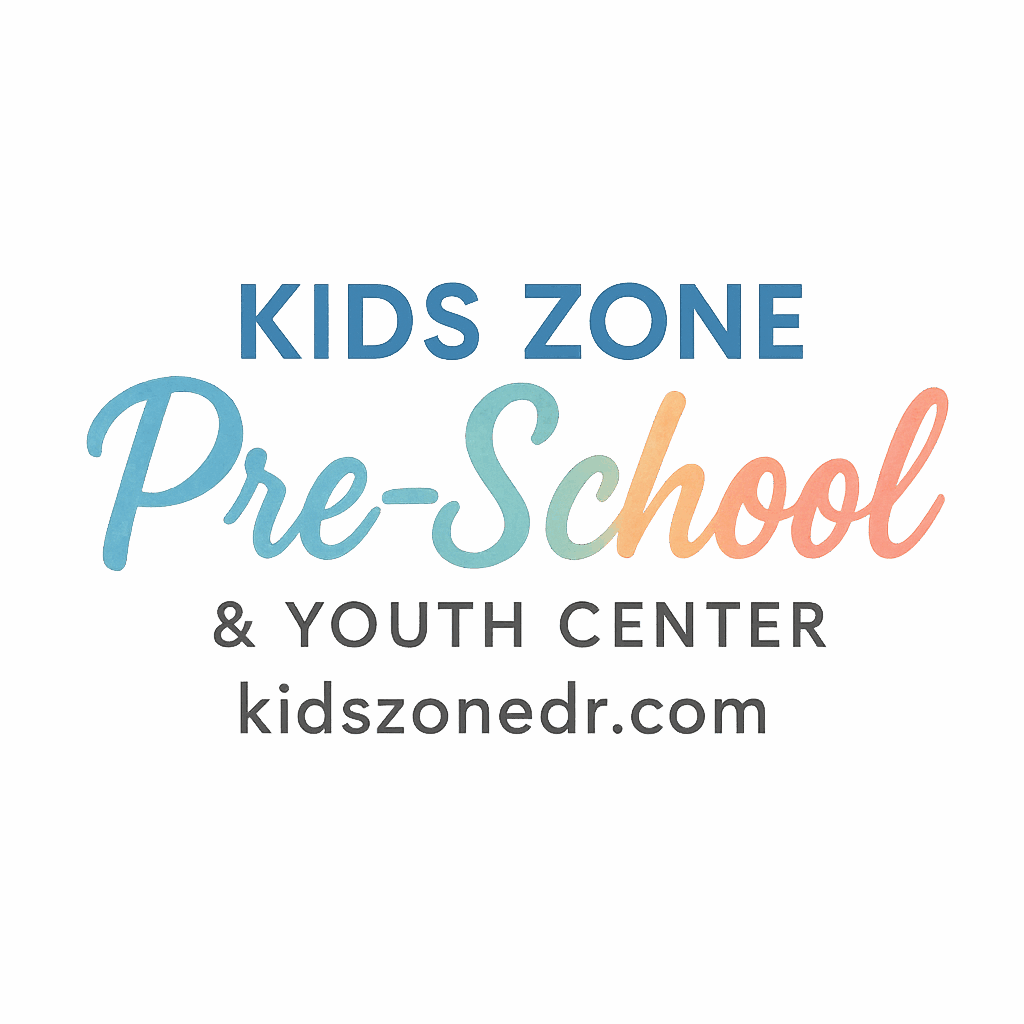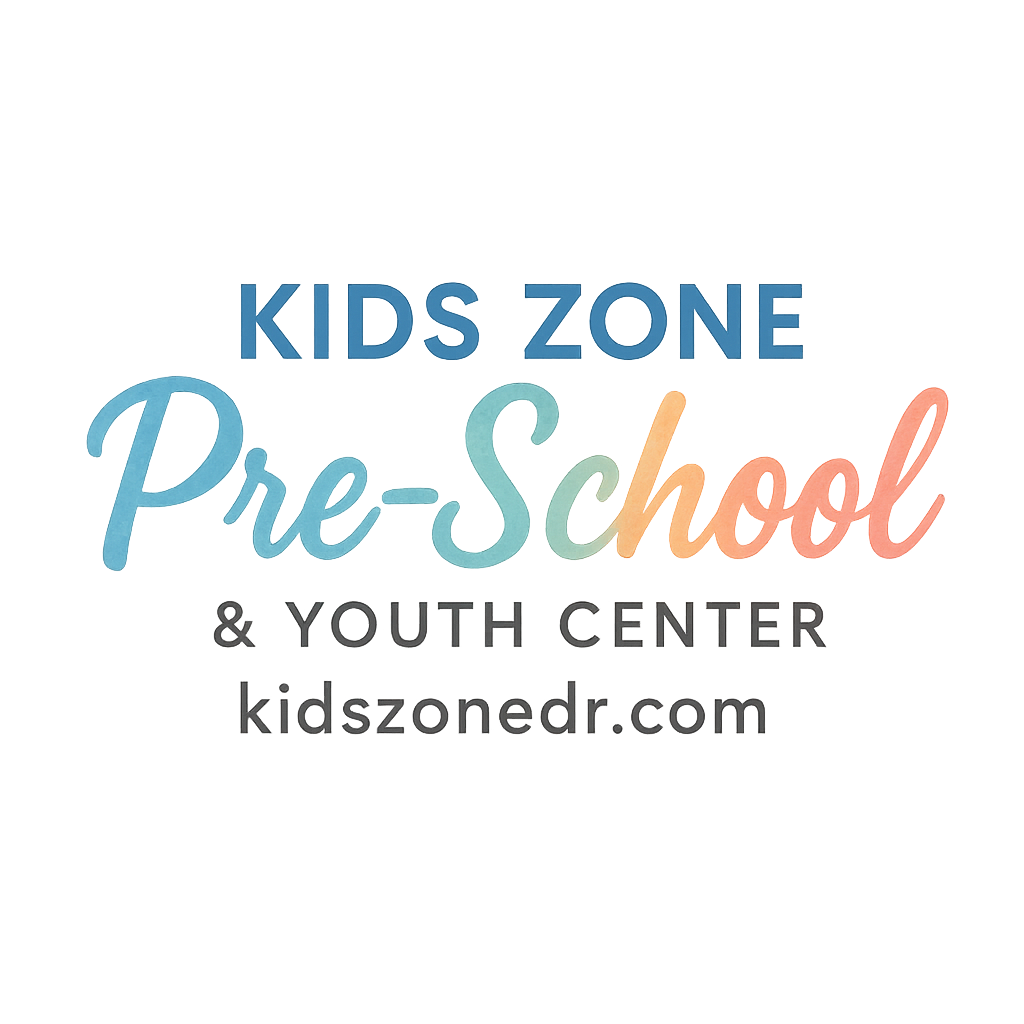Introduction to Movement Songs
Kids love to move, and they love to sing. When you combine the two, you get the magic of movement songs—catchy tunes that invite children to jump, clap, spin, or wiggle along. These songs are more than just fun; they’re powerful tools for preschool teachers, youth centers, and parents who want to support learning in an exciting, playful way.
Why Movement Songs Matter in Early Childhood Development
Building Motor Skills Through Music
Movement songs help kids refine both gross motor skills (like running, jumping, and spinning) and fine motor skills (like clapping, finger movements, and gestures). For example, when a child bends down to touch their toes during “Head, Shoulders, Knees, and Toes,” they’re practicing flexibility, coordination, and balance.
Supporting Language and Communication
Songs are natural language-builders. The repetition of words and rhymes improves vocabulary, while the rhythmic patterns help with speech fluency. Preschoolers learn faster when music is combined with action because it engages multiple senses at once.
Encouraging Social Interaction
In youth centers and classrooms, movement songs encourage children to participate as a group. They laugh together, mimic each other’s moves, and develop teamwork skills. Music becomes a social glue that connects shy kids with more outgoing ones.
How to Choose the Right Movement Songs
Age Appropriateness
Select songs that match the age and developmental stage of your group. Toddlers need simpler lyrics and slower actions, while preschoolers enjoy more complex routines.
Easy-to-Follow Lyrics
Clear, repetitive words make it easy for children to catch on quickly. Songs with a lot of instructions (“clap your hands,” “stomp your feet”) are ideal.
Engaging Rhythm and Beat
Children respond instantly to rhythm. Choose songs with a steady, upbeat tempo that makes kids want to move naturally.
Top 11 Preschool & Youth Center Movement Songs for Kids
1. Head, Shoulders, Knees, and Toes
A classic! This song teaches body awareness while promoting flexibility and coordination. Kids love speeding it up until they’re giggling.
2. If You’re Happy and You Know It
Perfect for teaching emotions and actions. Clapping hands, stomping feet, and shouting “Hooray!” keeps kids energized.
3. The Hokey Pokey
Circle-based songs like this encourage group participation. Putting different body parts “in” and “out” is not only fun but also great for following directions.
4. Shake Your Sillies Out
Ideal for transitions, this song lets kids release pent-up energy before moving on to calmer activities.
5. Wheels on the Bus
A favorite in preschools worldwide. It combines role play with movement, helping kids imagine the bus doors opening, wheels turning, and wipers swishing.

6. Going on a Bear Hunt
This interactive chant-song encourages imaginative play. Children pretend to walk through tall grass, cross rivers, and tiptoe into caves.
7. Freeze Dance
Turn on music, let the kids dance freely, then stop the music and watch them freeze. This teaches self-control and listening skills.
8. Five Little Monkeys Jumping on the Bed
Kids act out the monkeys jumping, falling, and bumping their heads—practicing counting, rhythm, and dramatic play.
9. Clap Your Hands
A call-and-response style song that helps develop listening skills and coordination. Kids mirror the teacher’s clapping pattern.
10. Jump, Run, and Stop
This action-packed song builds self-control as kids learn to pause instantly when the music stops. Great for focus and discipline.
11. The Ants Go Marching
Marching in rhythm strengthens coordination and helps kids understand patterns. Plus, it’s catchy and educational.
Tips for Teachers and Parents to Incorporate Movement Songs
Creating a Daily Routine with Music
Consistency helps children feel secure. Try using songs for transitions—clean-up time, snack time, or circle time. (Explore more about daily routines and activities).
Using Props and Visuals
Scarves, ribbons, or puppets can make songs more engaging. For instance, colorful scarves can “swish” during “Wheels on the Bus.”
Encouraging Participation Without Pressure
Not every child will jump in right away. Allow shy kids to observe until they feel comfortable. Over time, they’ll naturally join in.
The Role of Preschool & Youth Centers in Music and Movement
Building Confidence in Young Learners
Participating in group songs helps children find their voice and boosts self-esteem. Confidence is key in overall kids’ development.
Supporting Healthy Habits
Movement songs promote physical activity, which ties into healthy eating and wellness routines. Youth centers can use songs to encourage kids to stay active every day.
Enhancing Classroom Structure and Engagement
When teachers use songs as part of structured routines, kids stay more focused and less restless. Learn more about classroom structure.
Additional Resources for Parents and Educators
Preschool Learning and Development Tools
Songs fit naturally into early learning strategies. Visit preschool learning development for more resources.
Health, Safety, and Wellness in Music Activities
Movement is fun, but safety matters too. Preschool centers should prioritize health and safety during music sessions.
Conclusion
Movement songs are more than fun—they’re building blocks for a child’s growth. From coordination to communication, socialization to imagination, these songs help kids thrive in preschool and youth center settings. By making music part of the daily routine, parents and educators create joyful learning experiences that last a lifetime.
FAQs
What age group benefits most from movement songs?
Toddlers and preschoolers (ages 2–5) benefit the most, though older kids in youth centers also enjoy them.
How often should kids engage in music and movement activities?
Daily practice works best, even just 10–15 minutes per session.
Are movement songs suitable for shy kids?
Yes! Movement songs gently encourage participation without pressure, making them perfect for shy children.
Can movement songs improve classroom behavior?
Absolutely. Songs help kids follow directions, transition smoothly, and release extra energy.
Do parents need to sing well to join in?
Not at all! Kids care more about enthusiasm than pitch.
What’s the best way to introduce new songs to children?
Start slow, repeat often, and use gestures or props to make it easier.
How do movement songs connect to overall child development?
They support motor skills, language growth, social interaction, and emotional confidence—all while keeping learning fun.


